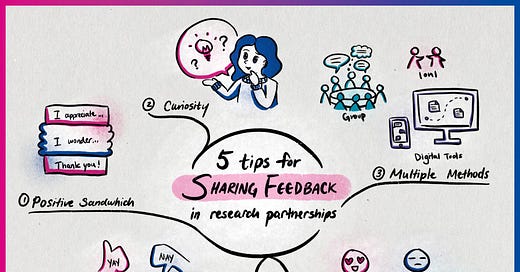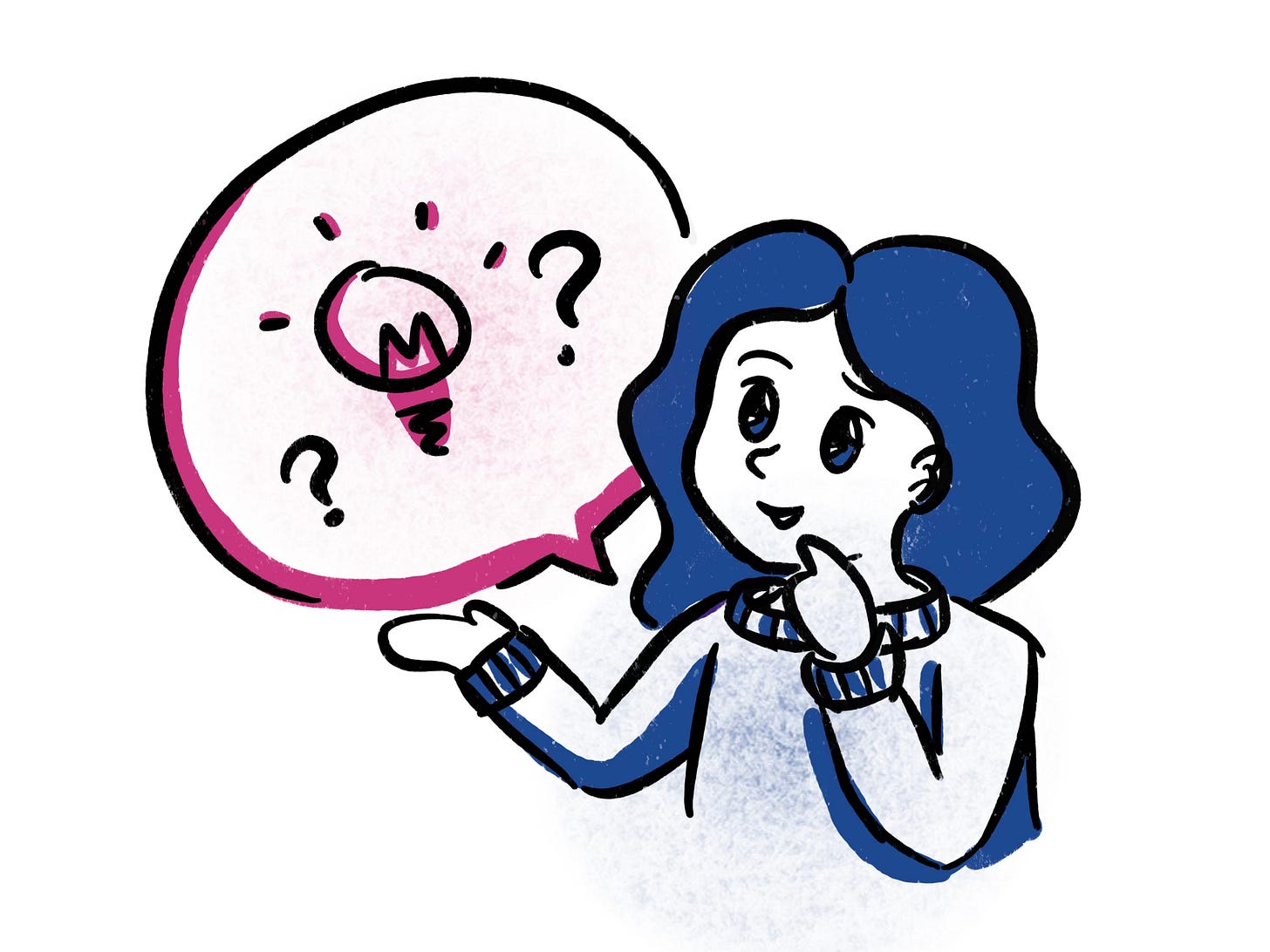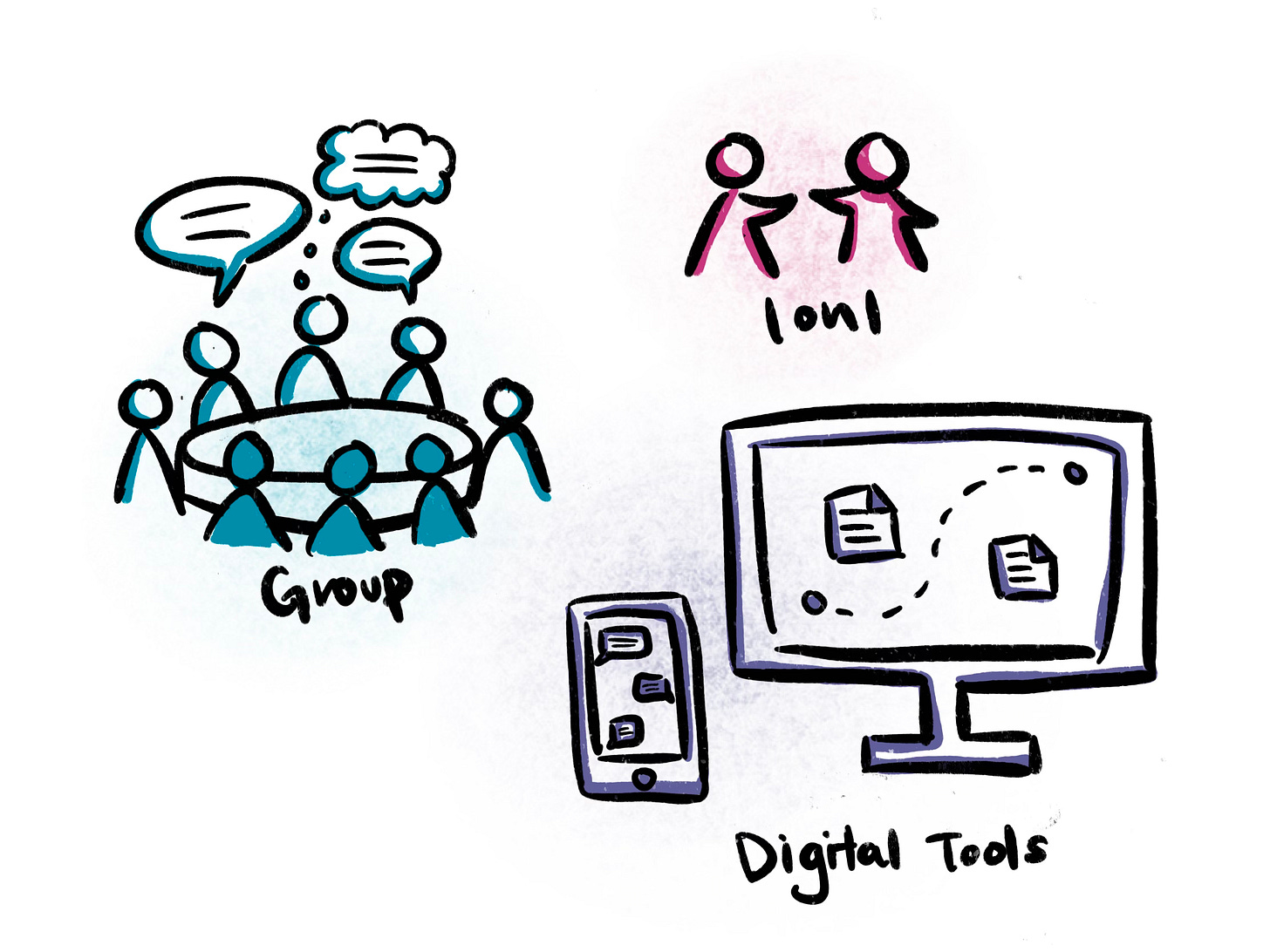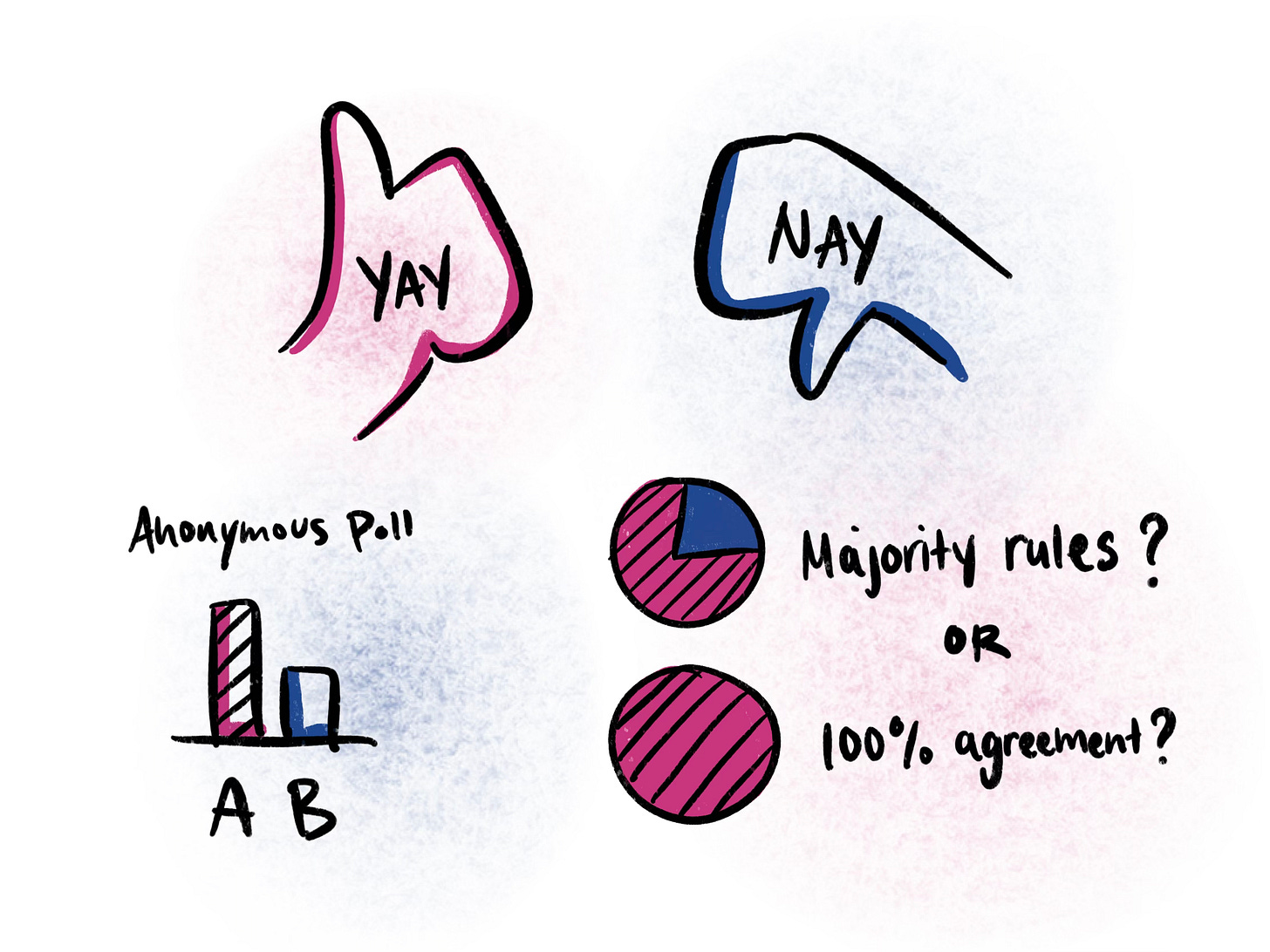5 Tips for Sharing Feedback in Youth-Researcher Partnerships
By: Brooke Allemang, Amanda St. Dennis, Linda Nguyen, Logan Wong, Sunny Yimeng Dong
When youth with lived and living experience and researchers collaborate to develop and conduct health research, the outputs become more impactful, creative, and aligned with youth needs. Taking the time to build trusting relationships between youth and researchers in these partnerships should be a priority so that everyone involved feels comfortable contributing their thoughts, perspectives and ideas. One of the cornerstones of creating successful partnerships between youth and researchers is clear and respectful communication. The authorship team, composed of young adults with lived and living experience, clinicians, and researchers, recently instructed the inaugural Family Engagement in Research (FER) – Youth Cohort. The FER course is a 10-week online course offered through McMaster University Continuing Education to support patients, family members, and researchers in developing skills and confidence to conduct family-engaged research1. The FER – Youth course applies these same principles to youth engagement in research, and involves collaborative learning amongst youth with lived/living experience, researchers and trainees. Throughout the FER – Youth course, the instructor team consistently reflected on how to establish healthy communication channels in youth engagement based on our collective experiences to support the learners. We discovered that both youth and researchers face challenges giving and/or receiving feedback in youth-researcher partnerships, which can lead to fractured relationships or a diminished sense of trust. To address this issue, we will share 5 tips that youth or researchers can use to provide feedback in youth-researcher partnerships in clear and respectful ways.
Tip #1: Use the positive sandwich approach2
Consider how you provide feedback with an approach that combines both positive and constructive feedback on project outputs like reports, journal articles, recruitment materials, or knowledge translation tools. In the FER course, the FER – Youth course, and the FER Leadership Academy3, instructors receive orientation sessions and resources regarding providing feedback to learners in the online course environment. Instructors are encouraged to use a style of feedback amongst learners that involves gratitude and a spirit of curiosity in both online sessions and in providing written feedback on course assignments. Feedback statements often begin with phrases, such as “I appreciate…” and “I wonder…”. A sandwich approach could be helpful in youth-researcher partnerships, where the feedback offered starts with a positive sentiment, followed by constructive feedback with areas for improvement, and ends with another positive sentiment. This approach is a practical and thoughtful way to acknowledge the things that both youth and researchers like about one another’s work, and things that could be modified to strengthen final products.
Tip #2: Come from a place of curiosity
Fostering curious, and open-minded approaches in partnerships can help everyone involved to understand that giving feedback is about improving the work together, as opposed to a criticism of the person. Providing specific, concrete suggestions, and posing questions like, “I wondered whether we could include…?” or “Have you thought about…?” or “Can you help me understand what you mean by…?” may aid in the delivery of feedback by demonstrating a sense of curiosity as opposed to criticism. These types of prompts or questions work better when there is an environment of trust and openness to differing ideas - this can take time to build on teams. When youth and researchers understand that giving feedback is an act of care and compassion to make the research richer through sharing various perspectives, this process can feel less personal.
Tip #3: Provide various options for sharing feedback
When partnering with youth in research, it is important to consider how we ensure that there is an equitable and accessible space for all perspectives to be heard. Consider how feedback can be provided in different formats, such as:
● Group discussions
● One-on-one conversations
● Asynchronous digital tools (e.g., sharing comments on collaborative documents, virtual whiteboard, group chat, feedback templates)
A combination of approaches also allows both youth and researchers to choose how they prefer to provide and receive feedback during each engagement opportunity, given different options will work for different groups and at different times. For example, a team that has been working together for several months may have different preferences than a team who is working together for the first time. Providing choice can empower team members to select the option(s) that best suits their needs, creating a positive working environment.
Tip #4: Consider your tone
In terms of the delivery of constructive feedback, language can go a long way! Sometimes language can be confusing, unclear, and difficult to understand for both youth and researchers in partnerships. Using clear, gentle, and neutral language to articulate your thoughts and provide possible alternatives is recommended for both youth and researchers to address this issue. For researchers, it may be helpful to remember who you are providing feedback to and it may be important to tailor the language used in feedback accordingly to ensure it is clear and appropriate for youth partners. For some youth partners, it may be difficult to portray or read tone of voice in written feedback.
There are tools that can help with checking language for tone and clarity to assist with the delivery of feedback. For example, feeding a draft of comments or feedback into artificial intelligence (AI) tools to see how they are perceived with a prompt like "Is this constructive?" or "Can you help me make this comment more constructive?" may be useful. Including additional prompts aligned with the needs of the feedback recipient can also be considered, like " Can you help me make this comment more constructive for a 14-year-old?" so that it is tailored to an age-specific focus, for example. AI can be a helpful tool to reframe language or suggest different ways to say things. This AI tool allows you to put the message into it to judge for tone.
Tips to try:
● Emojis help convey tone in written text (emails, chats).
● Come up with a system as a team to indicate tone.
○ For example, on reddit, when people are being sarcastic in written responses, “/s” is added at the end of the sentence.
Tip #5: Decide together how you will make group decisions
It is important to decide as a group how decisions will be made in youth-researcher partnerships. The decision-making process can look different for each group, and clear communication can help ensure that all team members are involved in the decision-making process.
Tips to try:
● Thumbs up and thumbs down for small decisions
● Anonymous surveys and polls for big decisions
During the decision-making process, team discussions are important to consider all aspects and opinions regarding a topic before making a decision.
Questions for group reflection:
● What is the definition of agreement for your group?
○ Do you move forward with a decision when the majority agrees?
○ Do you only move forward with a decision when everyone agrees?
● Consider revisiting the discussion at a later point of the project in case anything changes and to see how everyone is feeling about the decision.
While there is no “one-size-fits-all” approach to giving or receiving feedback, these tips may serve as a starting point for conversation amongst youth-researcher teams. Our experiences have taught us the value of being collaborative when making decisions - consider reviewing these tips at the outset of youth-researcher partnerships and determining which (if any) suit your team’s preferences. We encourage transparent and intentional conversations about these ideas to help ensure every team member feels their voice and opinions matter.
How has your team provided feedback to one another in youth-researcher partnerships?
How might you apply these tips, tricks, or strategies in your work? Feel free to share your thoughts, ideas, or additional tips in the comment section below!
References
1Family Engagement in Research Course. CanChild. n.d. [https://www.canchild.ca/en/research-in-practice/family-engagement-program/fer-course]
2Travers, M. How to use the ‘sandwich technique’ during hard conversations. Psychology Today. November 4, 2024. [https://www.psychologytoday.com/us/blog/social-instincts/202411/how-to-use-the-sandwich-technique-during-hard-conversations]
3Family Engagement in Research Leadership Academy. CanChild. n.d. [https://www.canchild.ca/en/research-in-practice/family-engagement-program/fer-leadership-academy]









